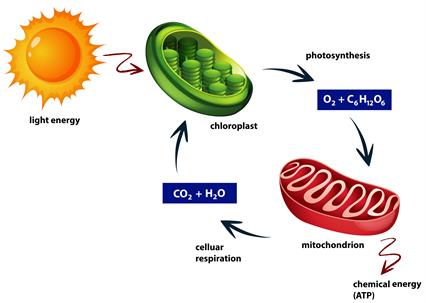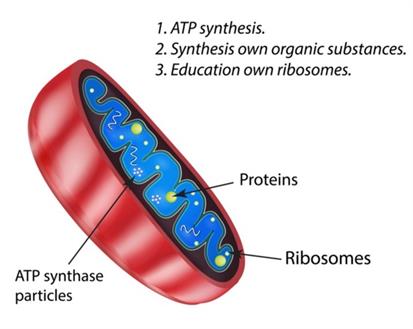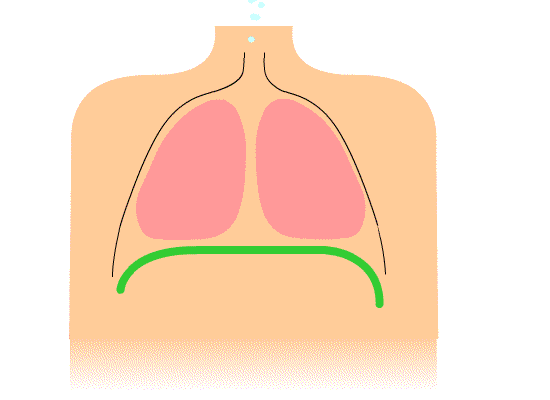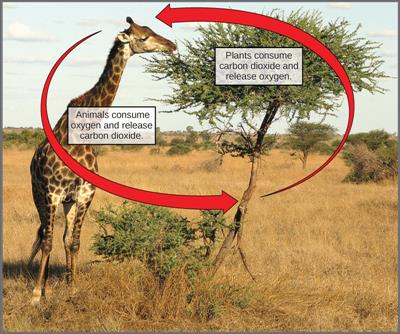PDF chapter test TRY NOW
What is respiration?
Respiration is the metabolic process by which an organism's living cells obtain energy (in the form of ATP) by taking in oxygen and releasing carbon dioxide from the oxidation of complex organic molecules such as glucose. As this process occurs at a cellular level, it is known as cellular respiration.
As it is a process where ATP is liberated by breaking down complex molecules, it is a catabolic process.
As it is a process where ATP is liberated by breaking down complex molecules, it is a catabolic process.
The process in which the oxygen in the air helps in the breakdown of nutrients to release energy in the form of ATP is known as cellular respiration.

Cellular respiration
The process of cellular respiration takes place in the mitochondria of the cells. Hence they are known as the power houses of the cell.

Mitochondria
What is breathing?
Similar to respiration breathing is a defining characteristics of living organisms (only animals). Breathing is a physical process that serves as an important part of respiration. It involves the use of special respiratory organs such as lungs, windpipe and nose (absent in plants).
Breathing is the biological process by which oxygen present in air is inhaled into the lungs and carbon dioxide is exhaled out to promote gaseous exchange among the human body's living cells, tissues, and other organs.

Illustration of breathing
Thus breathing is a process that involves only the exchange of gases that are required for respiration and unlike respiration it does not involve the production of energy.
Significance of respiration:
- Respiration is vital since it generates energy that is required for the body's proper functioning. For example, respiration gives oxygen to cells while also removing poisonous carbon dioxide.
- Heat is also emitted as part of the energy released by breathing. In warm-blooded animals, this heat energy contributes significantly to the body.
- In addition, respiration provides energy for the breakdown of macromolecules required by cells, such as carbohydrates, lipids, and proteins.
Do plants breathe?
Plants, like animals and humans, can, breathe.
Plants need oxygen to breathe, but the process also produces carbon dioxide. Unlike humans and animals, plants lack specialised structures for gas exchange; however, they do have stomata (found in leaves), lenticels (found in stems) and root hairs (found in roots) that are actively involved in gas exchange. Compared to humans and animals, leaves, stems, and plant roots have a slow rate of respiration.

The cycle of oxygen and carbon dioxide
Thus, breathing differs from respiration. Animals and humans both breathe, which is a vital part of the process of respiration. Plants breathe throughout their lives because the plant cell requires energy to exist; however, plants breathe in a unique way known as cellular respiration.
Reference:
https://upload.wikimedia.org/wikipedia/commons/f/fd/Figure_08_03_04.jpg
https://upload.wikimedia.org/wikipedia/commons/d/de/Clavicular_breathing.gif
